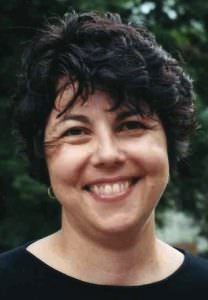The Invisible Architects: How Two Visionary Production Designers Launched a Global Movement
If a film’s visuals tickle the eye, scorch the heart, or linger in the consciousness long after the credits roll, you can thank the production designer. Whether the project is a blockbuster or a low-budget indie, the production designer is tasked with creating that elusive “look” of the film and translating the director’s vision into visual reality.
“A complaint often raised with production designers, like other ‘below the line’ [artisans], is that we feel often that our work when successful is invisible,” said production designer Inbal Weinberg, whose many credits include Martin McDonagh’s Three Billboards Outside Ebbing, Missouri (2017); Pedro Almodovar’s The Room Next Door (2024); and Derek Cianfrance’s latest, Roofman, set in theaters now. “People don’t understand what we do. Production design is hard to explain to people; most know that a cinematographer uses a camera or a costume designer gets clothes on the actors. Production design is more abstract [because] it involves so many kinds of skills; you put on many hats. Even within the industry, people don’t understand what we do. We run a very complex department that often has hundreds of people in it. It’s a mini-universe.”
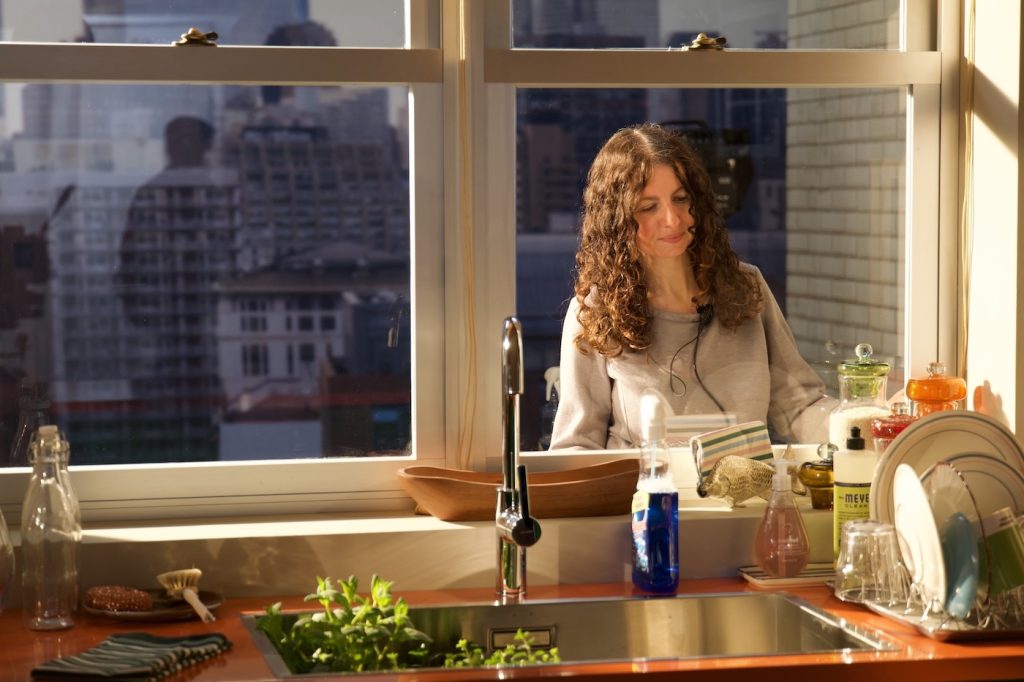

For that reason, Weinberg and production designer Kalina Ivanov (Peacemaker, The Penguin, The Boys in the Boat) founded the Production Designers Collective, a group of more than 1100 colleagues dedicated to mutual support through sharing knowledge, encouragement, and experience. Weinberg said that after the first-ever gathering of designers in 2022, which generated “so much success, goodwill, gratitude, excitement, and inspiration about our profession,” the organizers “wanted to expand and involve more of the public.”
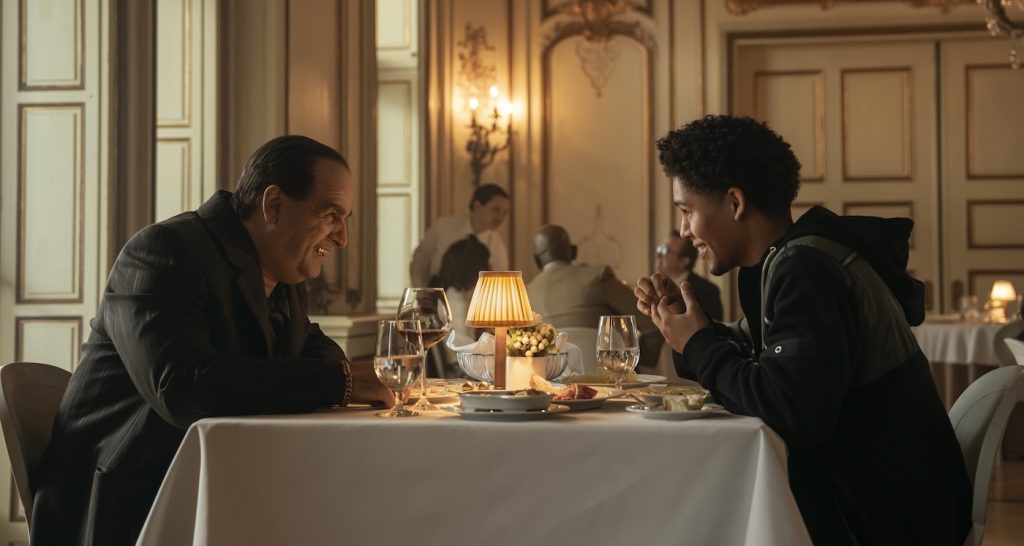
The collective then launched International Production Design Week, a celebration of the art department’s work in film and TV across countries worldwide.
The initiative takes place this year from October 17 to 26 worldwide, with events held both in person and online. The program includes panels, workshops, screenings, masterclasses, guided tours, set visits, and social gatherings, and it will be open to filmmakers, industry collaborators, students, and the general public. For instance, the Metrograph in New York City hosts production designers Grace Yun (Past Lives, Hereditary, Beef) and Wynn Thomas (Da 5 Bloods, Hidden Figures, Devotion) to discuss their work and films. Yun will appear in person on October 18 to introduce Hereditary and engage in a Q&A following Past Lives. On October 26, Thomas will introduce Mars Attacks! and join in a Q&A following Cinderella Man.
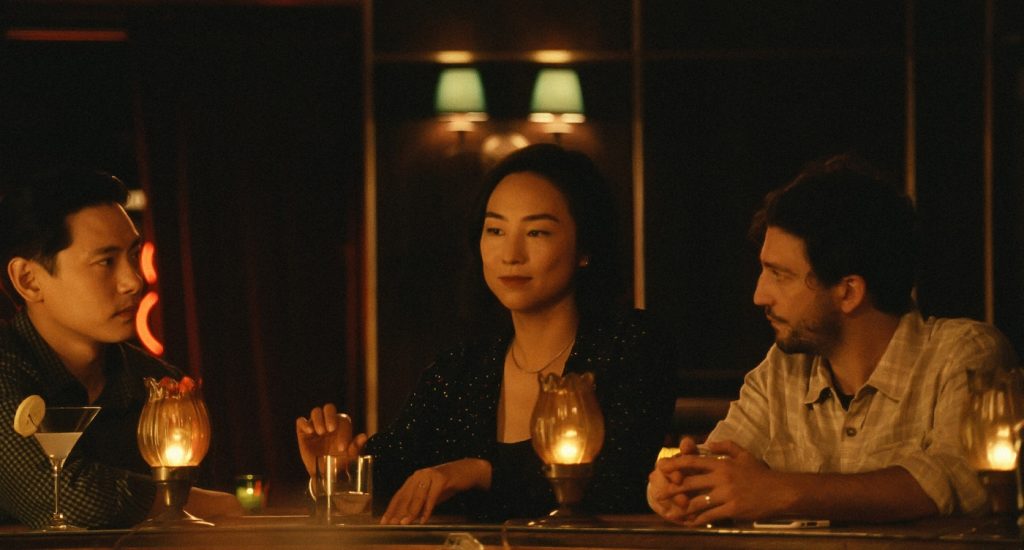
“Part of Production Design Week is for us to share work we’re doing and to welcome the industry and the public. We’re opening the door to the art department and helping people understand our process and advocate for ourselves in the industry,” said Weinberg. “The film industry has been in crisis for a few years; more [productions] are shooting abroad because of tax incentives. So it’s important to have conversations and exchange information about working in other countries.”
Ivanov said that when she and Weinberg “hatched a plan of organizing designers from all over the world” a decade ago, the global scope was intentional. “We are both foreigners; Inbal is from Israel, and I am from Bulgaria. Originally, we both worked in New York and had a hunger for an exchange of ideas. We decided, with the collective, that there would be no fees, no awards; we didn’t want to host a festival and screen movies. We started two years ago with a gathering, and it went so brilliantly that we found ourselves with a baby.”
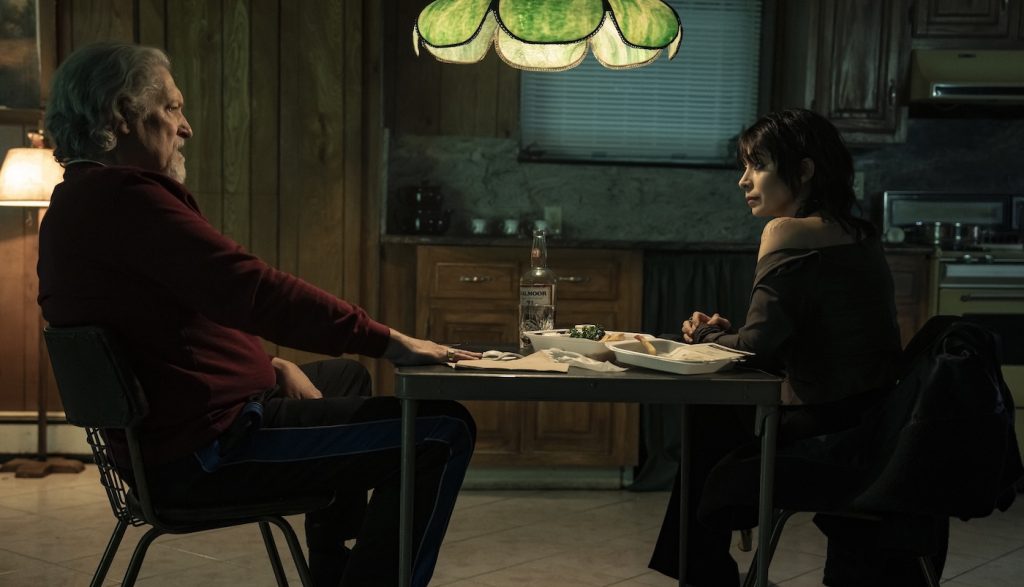
Ivanov came to production design from a theater background. In 1979, she and her family fled communist Bulgaria for New York, where Ivanov ended up studying at New York University’s theater design program. “Bulgaria doesn’t have much cinema to speak of, but I loved the theater so much. Little by little, I fell in love with film and went as a graduate student to NYU’s film program.” After meeting Jonathan Demme in film school, she was hired as a storyboard artist, creating detailed renderings of individual shot sequences, for Demme’s 1991 horror classic, The Silence of the Lambs. After that, “I was hooked,” said Ivanov, who credits Demme as a mentor and still storyboards her designs.
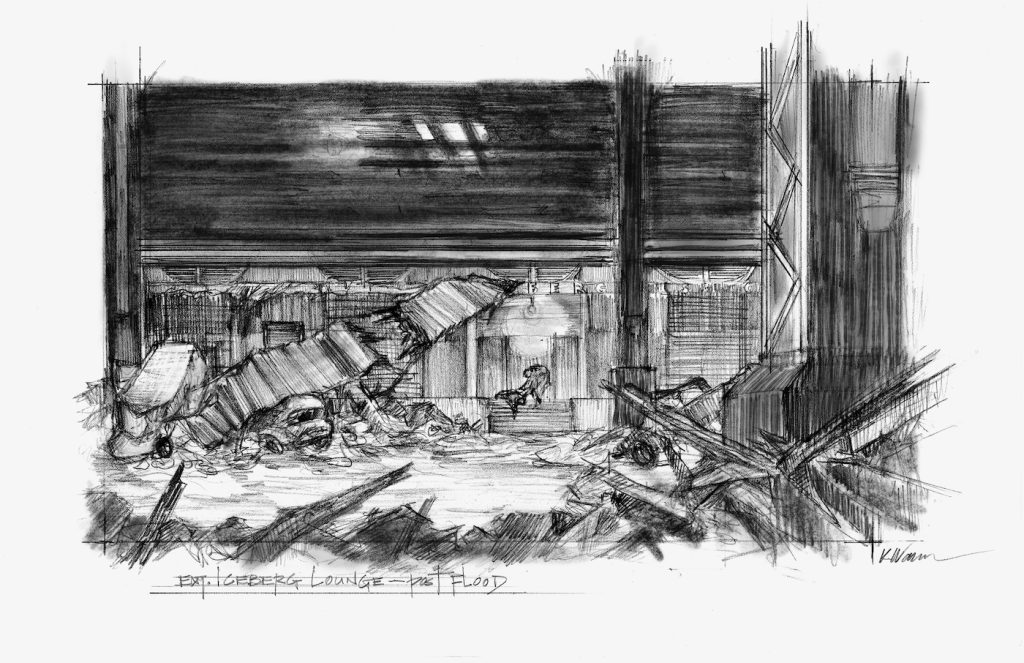
Ivanov has gone on to a genre-spanning career that includes her Emmy Award-winning production design for HBO’s Grey Gardens (2009). Most recently, she earned an Emmy nomination for the 2024 TV miniseries The Penguin with Colin Farrell. “I could spend an hour talking about The Penguin and all the layers to the [production design], such as the forty pounds of dirt we put on the street to create a mess,” she said.
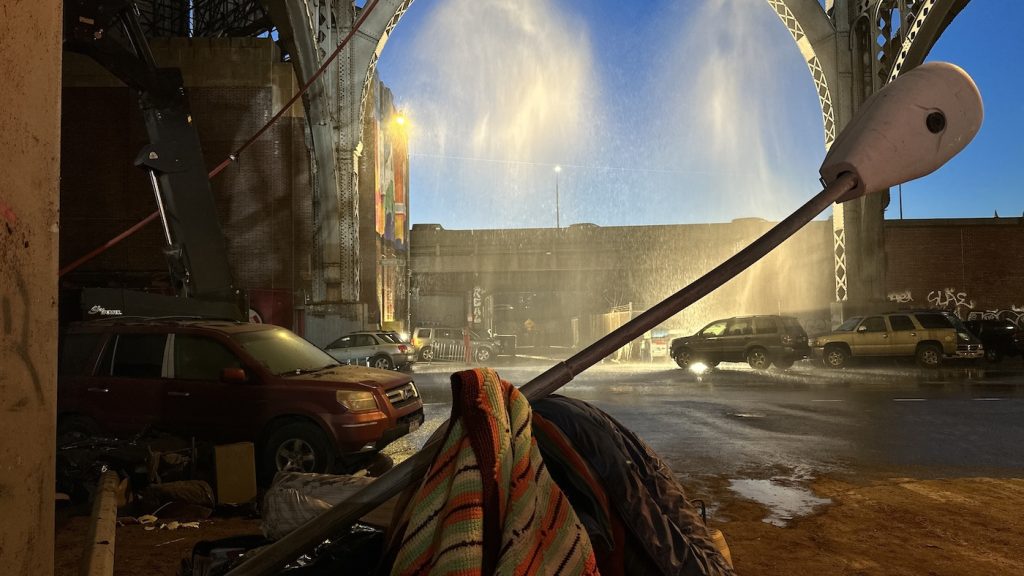
The issues and challenges facing production designers transcend regions, genres, and budgets. “Coming up in the indie world and knowing people from our collective, the amount of work is not necessarily connected to the budget level,” said Weinberg. “It’s the same struggle when the budget is five dollars as it is for the designer of Wicked (Nathan Crowley). It’s just a different scale. The comforting part is that we all seem to struggle with the same issues. The problem is the gap between the dream and the resources.”
The idea of a global conference, with events and panels taking place in cities such as Athens, Mexico City, Vancouver, Atlanta, Los Angeles, and Bogota, helps designers “advocate for ourselves and build solidarity,” said Weinberg. “It’s inclusive and expansive…we notice large gaps in structures of industries, between established and smaller communities, so advice from experienced designers working under different conditions can be eye-opening to certain communities. If you feel you’re out there without a compass, hearing from others about more structured environments and better practices elevates the entire profession. It’s about bringing everybody up.”
For more information, visit the International Production Design website.
Featured image: L-r: Inbal Weinberg and Kalina Ivanov.


